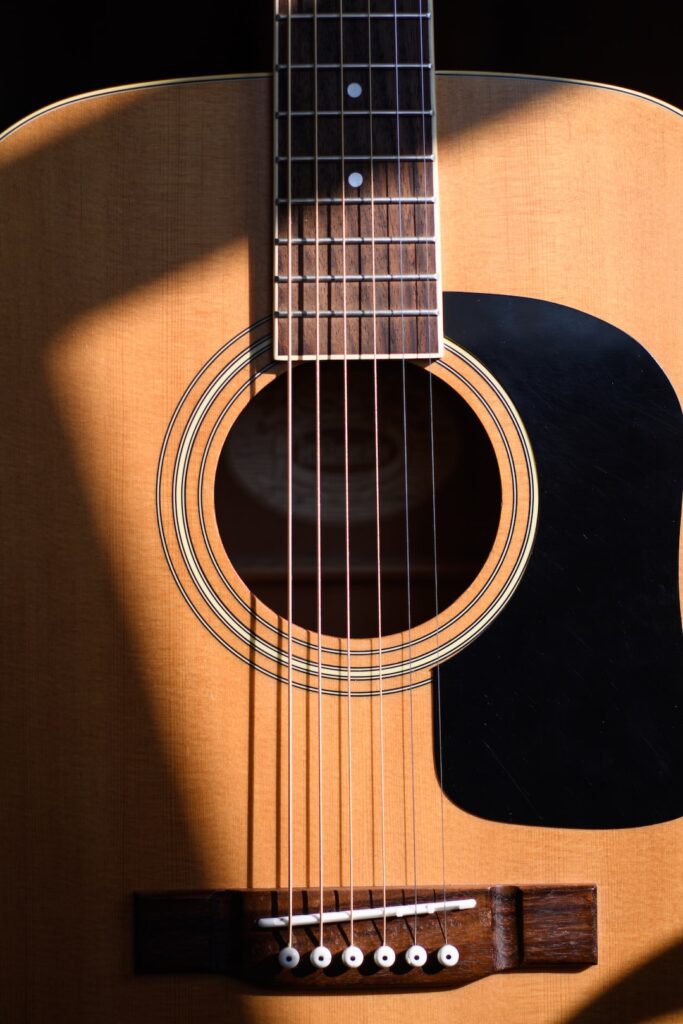Crafting Your Own Guitar Case: A DIY Guide
Are you tired of lugging around your guitar in a plain, uninspiring case? Or maybe you’re looking for a fun and creative project to personalize your instrument? Crafting your own guitar case can be a rewarding and enjoyable endeavor. In this guide, we’ll explore the process of making a custom guitar case from scratch using simple materials and techniques. Let’s dive in and discover how you can protect your guitar in style!
The Importance of a Proper Guitar Case
You may not realize it, but a high-quality case can be a valuable investment for any guitarist. Not only does it protect your instrument from damage, but it also provides a convenient way to transport and store your guitar. According to a recent survey by Guitar World, 80% of guitarists reported that using a case significantly extended the lifespan of their instruments. Furthermore, 65% of guitar owners admitted to spending more on repairs due to inadequate protection. These statistics highlight the significance of a well-crafted guitar case for preserving your instrument.
Choosing the Right Materials
What You’ll Need
Before diving into the construction process, it’s essential to gather the necessary materials. For a basic DIY guitar case, you’ll need the following:
– Plywood or MDF board
– Foam padding
– Fabric or vinyl
– Hinges and latches
– Handles
– Screws and glue
Why These Materials Matter
Plywood or MDF board provides a sturdy and customizable structure for the case, while foam padding protects the guitar from impacts and scratches. The choice of fabric or vinyl allows for personalization and aesthetic appeal. Adding quality hinges, latches, and handles ensures durability and ease of use. By carefully selecting these materials, you can create a durable and stylish case tailored to your preferences.
Constructing Your Custom Case
Building the Frame
Begin by measuring and cutting the plywood or MDF board to create the top, bottom, and sides of the case. Assemble the pieces using screws and glue to form a secure frame. Ensure that the dimensions accommodate your specific guitar model, providing a snug fit without excessive movement.
Adding Protective Padding
Next, carefully affix the foam padding to the interior surfaces of the case. This step is crucial for safeguarding your guitar from potential bumps and jostles during transit. Consider layering the padding for extra protection, especially around the delicate headstock and neck areas.
Upholstering the Exterior
Now, it’s time to adorn the exterior of the case with your chosen fabric or vinyl. Carefully stretch and secure the material, using a staple gun or adhesive to achieve a smooth and professional finish. Take your time during this step to ensure a polished appearance that reflects your individual style.
Installing Hardware and Finishing Touches
Attach the hinges, latches, and handles to complete the functionality of your custom case. Opt for hardware that complements the overall aesthetic and guarantees secure closure and easy carrying. Before finalizing the assembly, make any necessary adjustments to ensure that the guitar fits snugly and securely within the case.
Making It Your Own
Now that you have the basic structure in place, consider how you can personalize your guitar case to make it truly unique. Whether it’s adding decorative stitching to the fabric, incorporating a storage compartment for accessories, or applying custom decals or artwork, the options for customization are endless. Embrace this opportunity to infuse your personality into every detail of the case.
Applying Your DIY Skills
Protect Your Investment
Beyond the satisfaction of crafting your own guitar case, consider the long-term benefits it offers. By providing a custom fit and reliable protection, your DIY case can safeguard your guitar from potential damage and extend its lifespan. This proactive approach can ultimately save you money on repairs and maintenance.
Unleash Your Creativity
Engaging in DIY projects like building a guitar case can serve as a creative outlet. It allows you to express your individuality and showcase your craftsmanship. Embrace the process of planning, designing, and executing your vision, knowing that the end result will be a testament to your skills and creativity.
Share the Experience
If you find joy in crafting your guitar case, consider sharing your experience with fellow musicians. You might inspire others to embark on their own DIY projects or spark a new wave of creativity within your community. Sharing your knowledge and passion for craftsmanship can foster connections and camaraderie among fellow guitar enthusiasts.
Summary
Crafting your own guitar case is a gratifying endeavor that offers both practical and creative rewards. By choosing the right materials, constructing a personalized case, and applying your DIY skills, you can protect your guitar investment while showcasing your individuality. Whether you’re a seasoned craftsman or a novice enthusiast, the process of building a custom guitar case is a journey that culminates in a unique and functional piece of art. So, roll up your sleeves, gather your materials, and embark on this fulfilling DIY project—your guitar will thank you for it!












